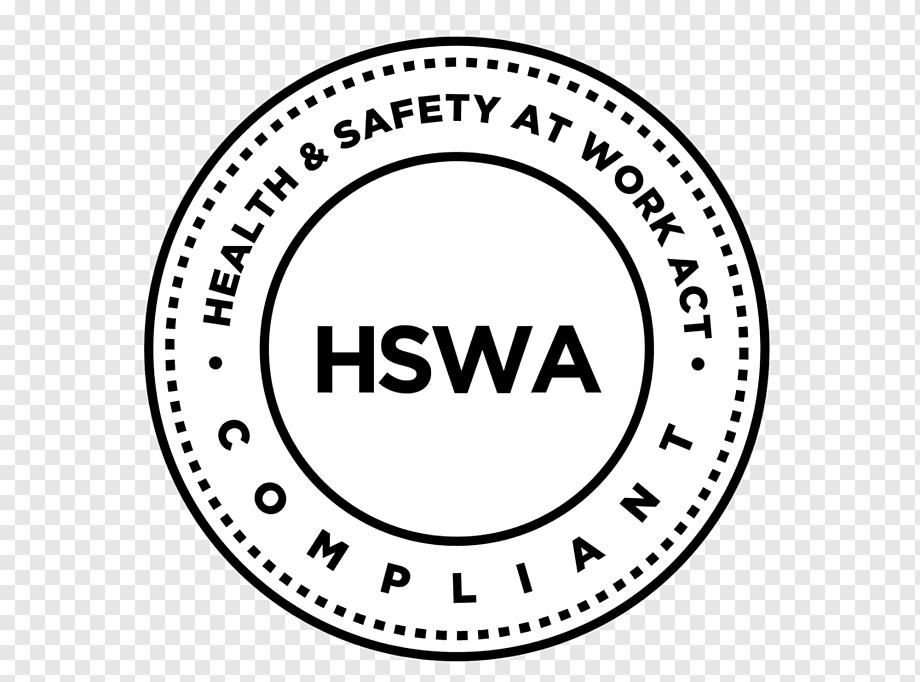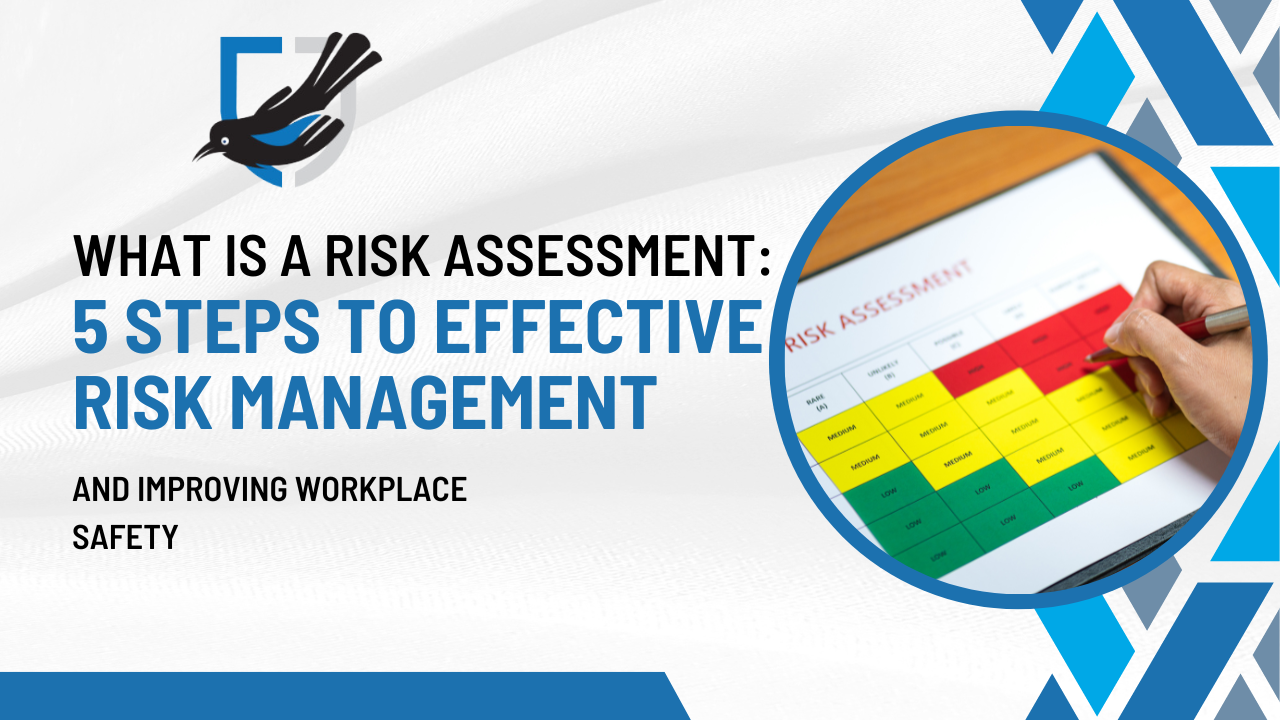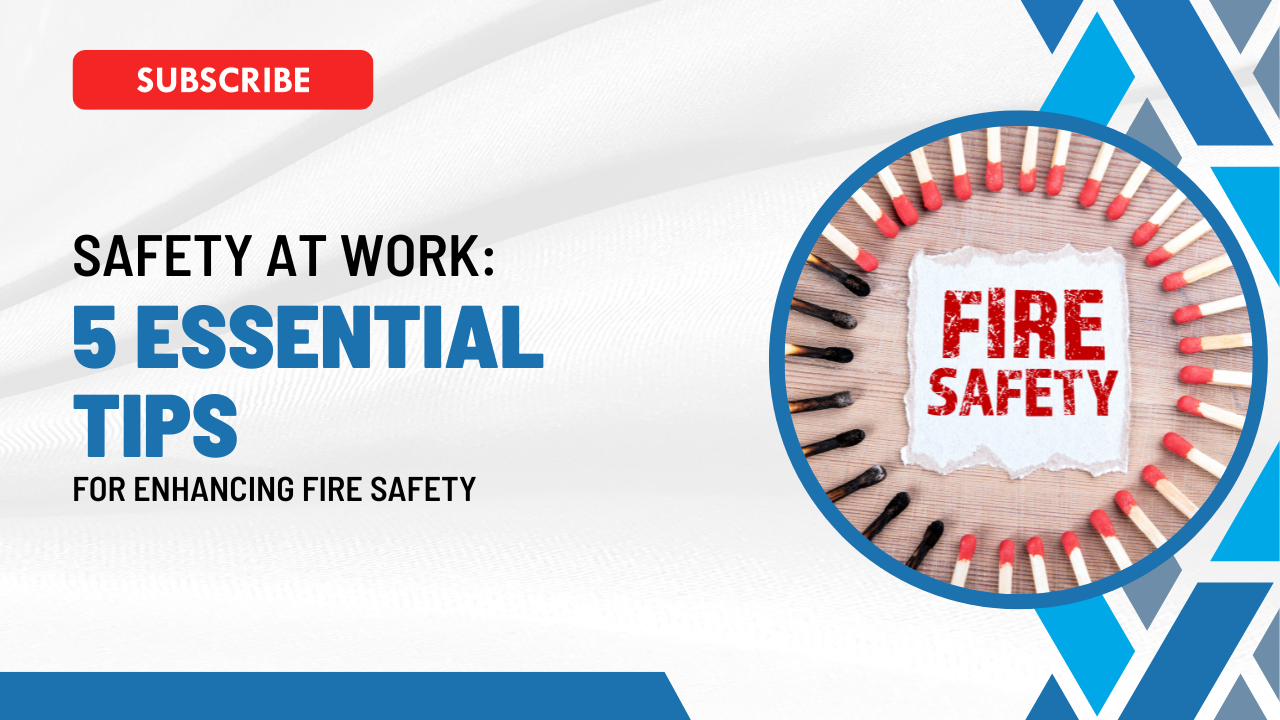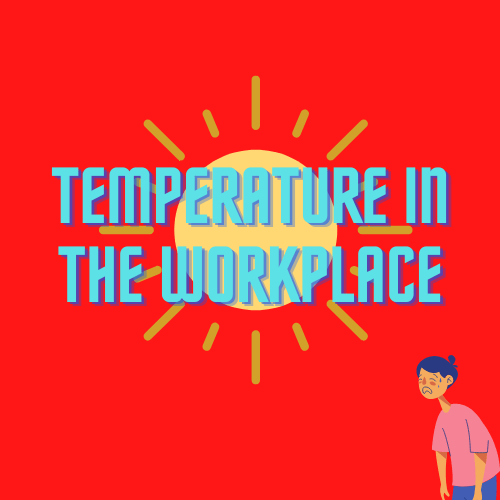Primary vs Secondary Legislation
The basics of the two types of legislation
Knowing what legislations cover can help you find it easier to manage the safety of the business. Both types of legislation are split into fields. Primary legislation and Secondary legislation.
Primary legislation is the term used to describe the main laws passed by the legislative bodies such as acts passed through parliament. In most countries with a parliamentary system of government, acts of parliament begin as a bill, which the legislature votes on. In the UK this will be done through the House of Commons. Depending on the structure of government, this text may then be subject to assent or approval from the executive branch. For the instance of safety, the primary legislation is the health and safety at work act 1974. The primary legislation will outline the broad outlines and principles of the act that has been passed. In the case of the health and safety work at act 1974; the primary legislation outlines three principles. These include which...
- employers have towards employees and members of the public
- employees have to themselves and to each other
- certain self-employed have towards themselves and others
Secondary legislation covers the how and what of things. These are usually done through a series of regulations. in this case the 1999 work regulations.
An executive branch delegated by the primary legislation will have the authority over what regulations are made and the specifics within the legislation.
Different elements of workplace health and safety will have their regulations on how they conform to the H&S work act 1974. Examples of the types of secondary legislation that can be included within the act include.
- Power provisional and use of working equipment regulations
- COSHH
- LOWLER
- Work at Height regulations
- Electricity at work
- Workplace welfare regulations (search safety representatives for employer, employee, and union)
- Safety signs, signals, and regulations
- Regulatory reform (fire safety) order 2005
- Management of health and safety at work regulations
- ACOPs approved code of practice











